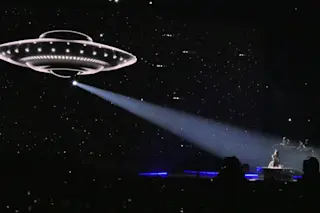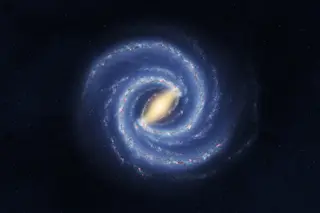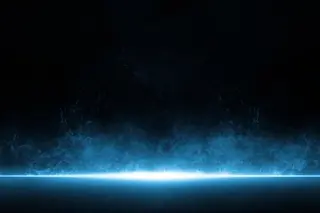Mordehai Milgrom never wanted to be a heretic. Twenty-five years ago, while poking around for a meaty research problem, he found one that changed the course of his career—and that might yet transform our most fundamental understanding of the universe. His ideas, long relegated to the fringes of physics, where all but cranks fear to tread, have finally become too intriguing for his mainstream colleagues to ignore.
Milgrom's heresy? He denies the existence of dark matter, the shadowy and thoroughly hypothetical stuff generally held to make up 80 percent or more of all matter in the universe. Even though dark matter has eluded all attempts at detection, most cosmologists are convinced it must be out there. Without it, there's no explanation for much of what they see in the cosmos.
Or at least there hadn't been until Milgrom's break with orthodoxy. His alternative not only eliminates dark matter, it strikes ...














